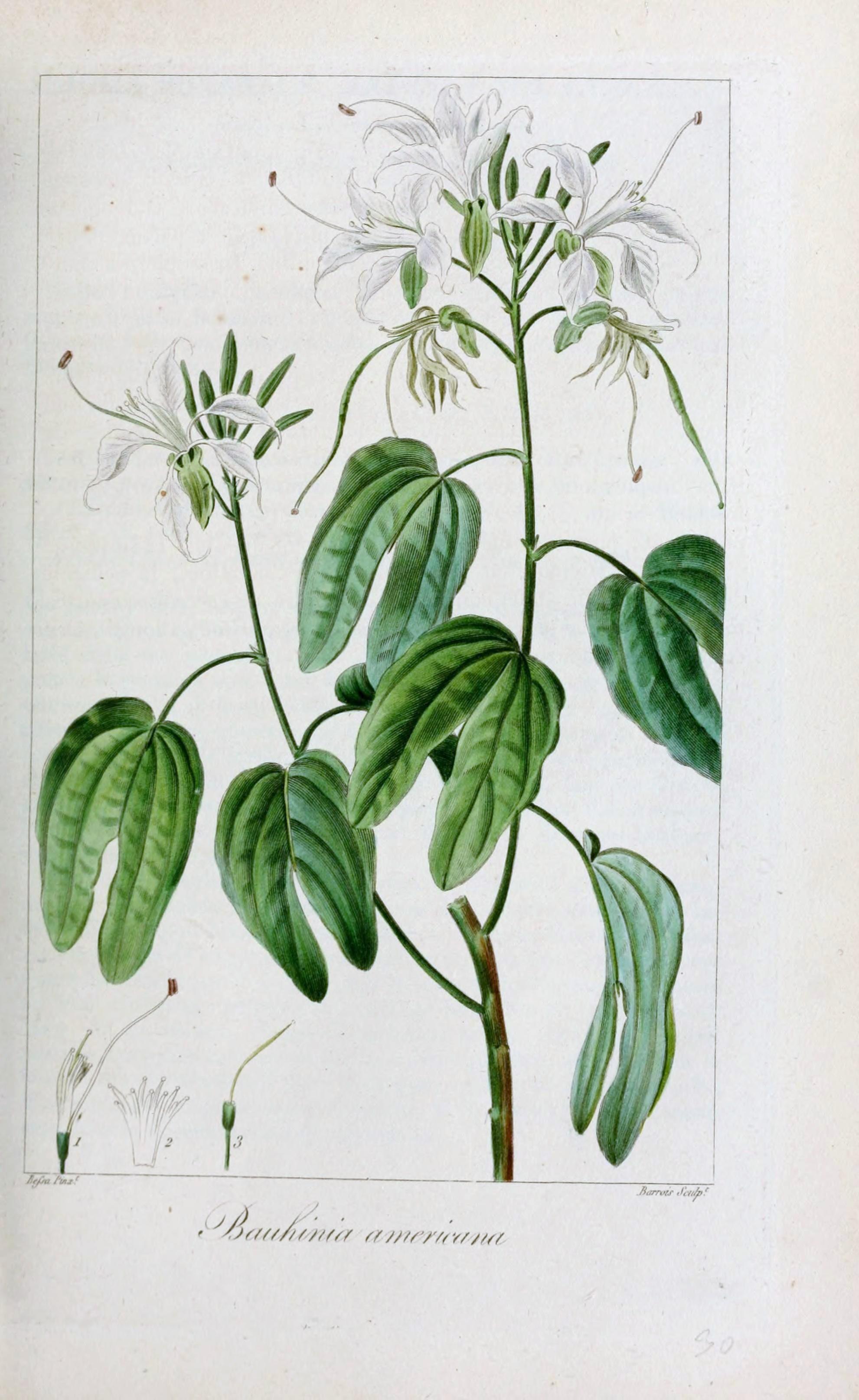Melilotus
| Botanical Name: | Melilotus |
| Common Name: | Sweet Clover, melilots and sweetclovers, sweetclovers |
Care
NA
Humidity
NA
Sun
NA
| Botanical Name | Melilotus |
| Common Names | Sweet Clover, melilots and sweetclovers, sweetclovers |
| Synonyms | Brachylobus, Melilota, Sertula |
Melilotus, known as melilot, sweet clover, and kumoniga (from the Cumans), is a genus in the family Fabaceae (the same family that also includes the Trifolium clovers). Members are known as common grassland plants and as weeds of cultivated ground. Originally from Europe and Asia, it is now found worldwide.
This legume is commonly named for its sweet smell, which is due to the presence of coumarin in its tissues. Coumarin, though responsible for the sweet smell of hay and newly mowed grass, has a bitter taste, and, as such, possibly acts as a means for the plant to discourage consumption by animals. Fungi (including Penicillium, Aspergillus, Fusarium, and Mucor) can convert coumarin into dicoumarol, a toxic anticoagulant. Consequently, dicoumarol may be found in decaying sweet-clover, and was the cause of the so-called sweet-clover disease, recognized in cattle in the 1920s. A few varieties of sweet clover have been developed with low coumarin content and are safer for forage and silage.The name sweet clover varies orthographically (sweet-clover, sweetclover).







